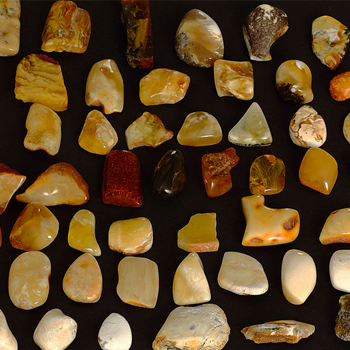How do you determine the electron configuration of an ion?
1 Answer
It depends, so please see below. :)
Explanation:
ELECTRON CONFIGURATION FOR CATIONS (POSITIVE IONS)
Let's try an example. For instance, Nitrogen with a +1 charge. N has an atomic number of 7, which means there is also 7 electrons and protons. But since there is a +1 charge, we subtract one electron. 7-1=6 electrons. Now we write the electron configuration for N with 6 electrons.
ELECTRON CONFIGURATION FOR ANIONS (NEGATIVE IONS)
Let's try another example. If we had Fluorine with a -1 charge, that would mean we add 1 electron. F has an atomic number of 9, which represents 9 electrons. The -1 charge means "add electrons", in which this case the number is 1. 9+1=10 electrons. Now we shall write the configuration of F with 10 electrons.
If you don't understand, i have a very nice friend here on Youtube:

